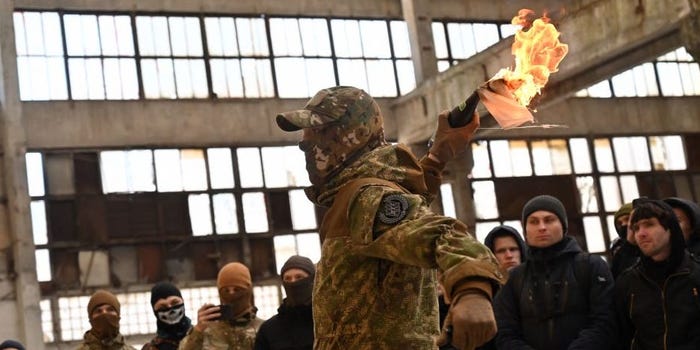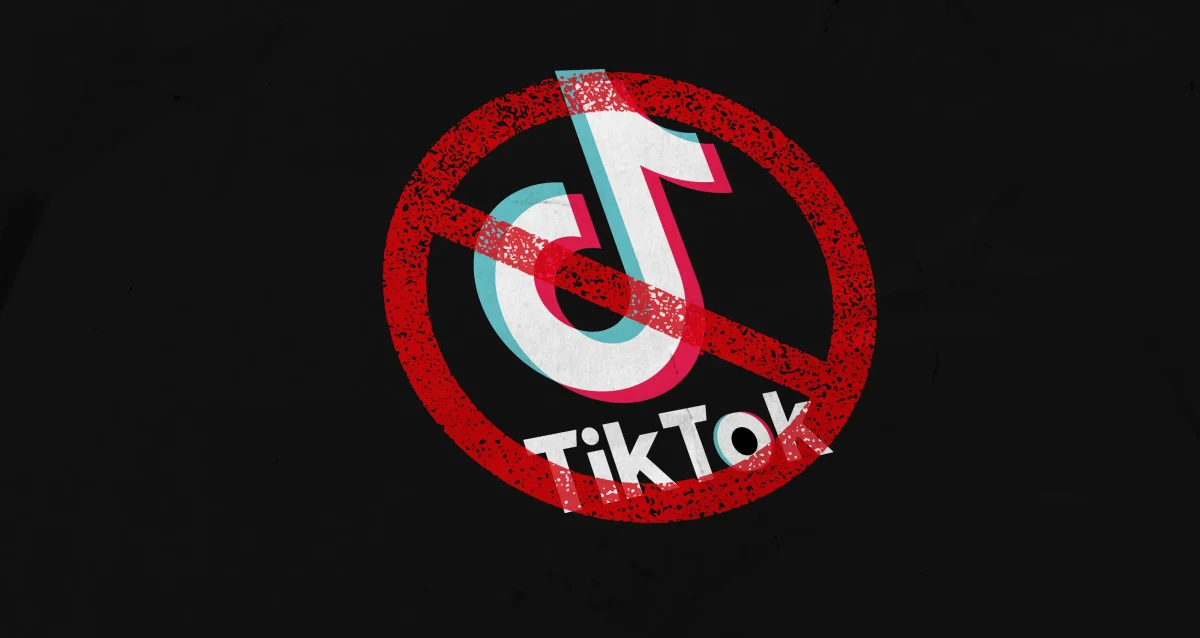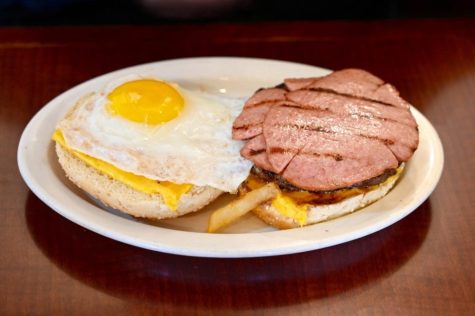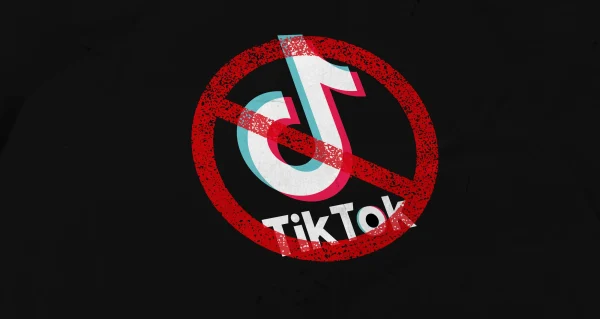A Brief History of the Molotov Cocktail
March 3, 2022
“Make Molotov cocktails, neutralize the occupier!” urges a tweet from Ukraine’s defense ministry. Since Russia began its invasion of Ukraine on Feb. 24, 2022, the country has encouraged its citizens to take up arms against the intruders, specifically by crafting the famous Molotov cocktail, a gasoline bomb. Constructing the bomb requires few materials, and when it reaches its target, the glass shatters and leaves a lake of fire in its wake.
The simple, yet sophisticated Molotov cocktail claims an extensive history dating back to its first use during the Spanish Civil War. According to American historian William Trotter, the bomb’s first recorded use was in 1936 by Spanish Nationalist soldiers against Soviet tanks supporting the Spanish Republicans at the Battle of Seseña. However, the weapon did not get its name until the Finnish-Soviet War in 1939.
Trotter explains that the Molotov cocktail’s name was derived from Vyacheslav Molotov, Russian politician and foreign minister of the Soviet Union during World War II. After the Soviet Union and Nazi Germany secretly agreed to divide Europe into Soviet and German spheres of conquest, the Soviets invaded Finland on Nov. 30, 1939. Finland fell into the Soviet sphere, but resisted heavily. During the conflict, also known as the Winter War, Molotov claimed on state radio that Soviet bombers were not dropping bombs, but humanitarian food supplies to their starving neighbors. Finns sarcastically coined the Soviet bombs “Molotov’s picnic baskets,” supposedly leading them to call their own gasoline bombs Molotov cocktails (Finnish: Molotovin koktaili), wrote Trotter.
The bomb has also been used in recent events such as the 1992 riots in Los Angeles and the nationwide 2020 George Floyd protests. Its recent use and role in protests over the years have proved the Molotov cocktail to be a timeless weapon that has progressed through nearly an entire century.
The Molotov cocktail has truly become an emblem for protest and resistance and its size, simplicity, and effectiveness allow it to play a vital role in aiding the Ukrainians against their Russian invaders.









